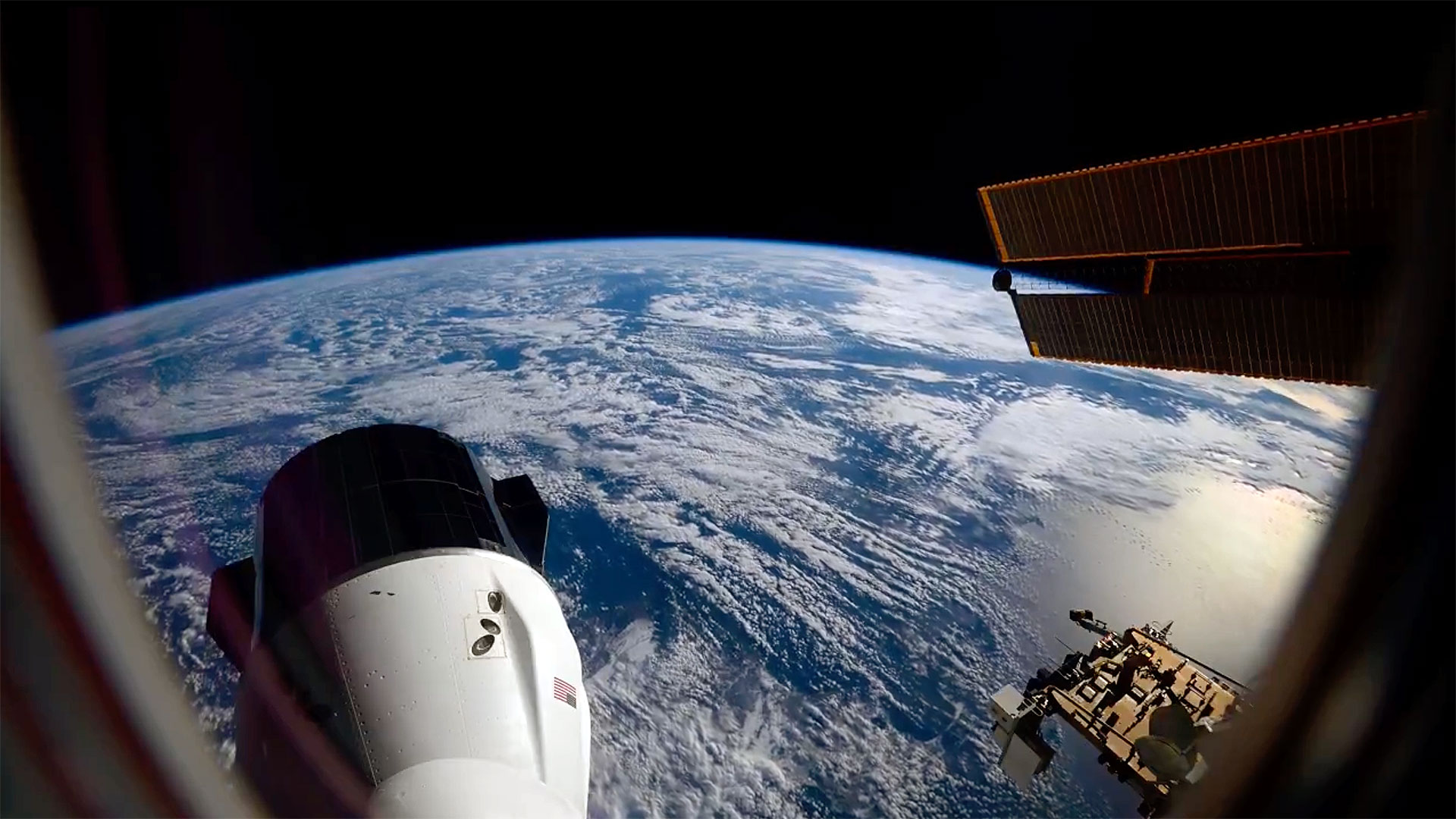What Hurricane Nate Looked Like from Space (Videos)
Hurricane Nate weakened to a tropical storm after making landfall twice on the U.S. Gulf Coast Saturday (Oct. 7), but its approach as a category 1 storm was captured earlier in the day by satellites operated by NASA and the National Oceanic and Atmospheric Administration (NOAA).
The storm first made landfall in southeastern Louisana, near the Mississippi River's mouth, and again near Biloxi, Mississippi before weakening into a tropical storm, according to the New York Times. Video from NOAA's GOES 16 and GOES East satellites captured imagery of Nate as a category 1 hurricane with maximum sustained wind of 85 miles per hour. [Hurricane Photos from Space]
Nate can be seen quickly developing in imagery captured by the NOAA GOES-13 satelite from October 4-7, 2017.
NASA used its Aqua satellite to map Hurriane Nate in infrared as it approached the Gulf Coast.
"Infrared light provides valuable temperature data to forecasters and cloud top temperatures give clues about highest, coldest, strongest storms within a hurricane," NASA officials wrote in a statement Saturday. "NASA's Aqua satellite provided that data and showed strongest storms were in Hurricane Nate's eastern side."
Nate was the fourth hurricane in the last six weeks to batter U.S. soil. It follows Hurricane Harvey in Texas, Hurricane Irma in Florida and Hurricane Maria in Puerto Rico.
Note: Space.com senior producer Steve Spaleta contributed to this report.
Breaking space news, the latest updates on rocket launches, skywatching events and more!
Email Tariq Malik at tmalik@space.com or follow him @tariqjmalik. Follow us @Spacedotcom, Facebook and Google+. Original article on Space.com.

Tariq is the award-winning Editor-in-Chief of Space.com and joined the team in 2001. He covers human spaceflight, as well as skywatching and entertainment. He became Space.com's Editor-in-Chief in 2019. Before joining Space.com, Tariq was a staff reporter for The Los Angeles Times covering education and city beats in La Habra, Fullerton and Huntington Beach. He's a recipient of the 2022 Harry Kolcum Award for excellence in space reporting and the 2025 Space Pioneer Award from the National Space Society. He is an Eagle Scout and Space Camp alum with journalism degrees from the USC and NYU. You can find Tariq at Space.com and as the co-host to the This Week In Space podcast on the TWiT network. To see his latest project, you can follow Tariq on Twitter @tariqjmalik.

